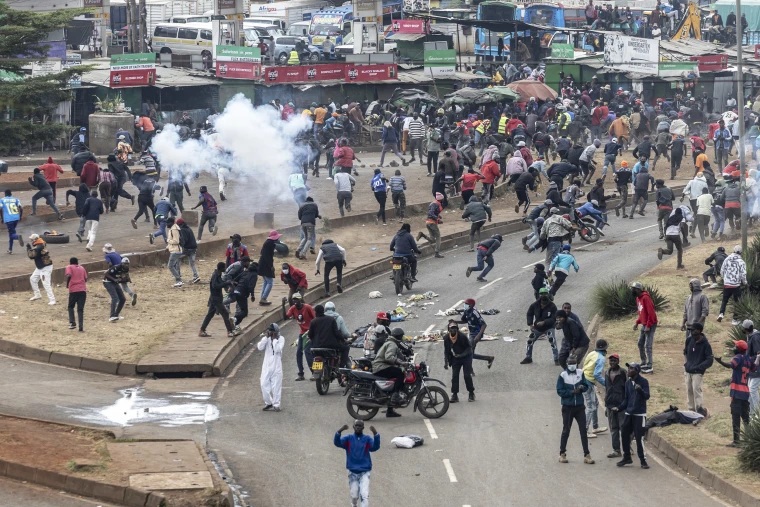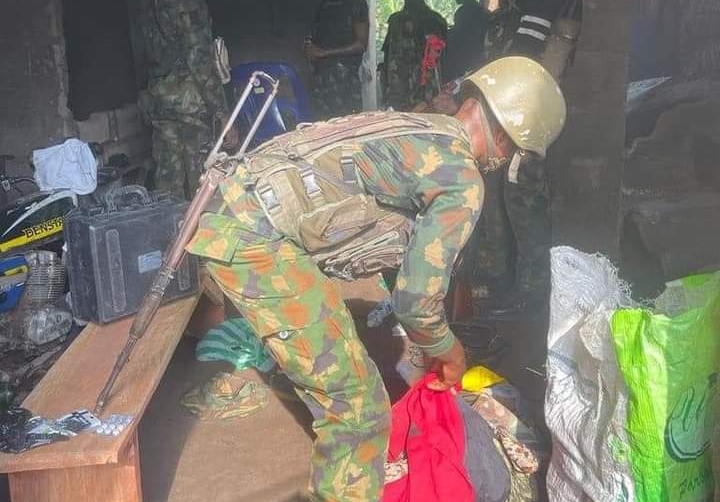The death toll from Kenya’s recent anti-government protests has climbed to at least 31, according to the Kenya National Commission on Human Rights (KNCHR), which also reported more than 100 injuries and widespread arrests during the nationwide demonstrations.
The protests, which took place on July 7, 2025, to mark Saba Saba Day, have further heightened tensions in a country already reeling from over a year of public unrest.
In a statement issued on Tuesday, the KNCHR revealed that along with the 31 confirmed fatalities, at least 107 individuals had sustained injuries, and 532 people had been arrested.
The commission also reported two cases of forced disappearances linked to the government’s response to the demonstrations.
Monday’s protests coincided with Saba Saba Day, July 7, a historically significant date in Kenya’s democratic movement.
The day commemorates the 1990 uprising against one-party rule under former President Daniel arap Moi, when Kenyans mobilized to demand a return to multi-party democracy.
However, this year’s events quickly descended into chaos as demonstrators clashed with heavily armed police officers across various parts of the country, including the capital, Nairobi, and Eldoret.
According to the KNCHR, law enforcement appeared to be working in tandem with armed civilian gangs who carried crude weapons such as machetes and spears, further exacerbating the violence.
Property damage was extensive, with businesses, including supermarkets, looted or destroyed in the mayhem.
The KNCHR condemned the violence and called for accountability.
It urged police officers, civilians, and other actors involved to be held responsible for the human rights abuses that occurred.
“We strongly condemn all human rights violations and urge accountability from all responsible parties,” the commission stated.
Monday’s demonstrations are part of a broader wave of public dissent that has engulfed Kenya since June 2024.
At that time, a controversial government proposal to raise taxes sparked mass protests led predominantly by the youth.
Since then, the demonstrations have grown into a larger movement decrying poor governance, economic mismanagement, rampant corruption, and systemic police brutality.
A recurring demand has been the resignation of President William Ruto, whose administration has faced growing criticism both domestically and internationally.
Human rights groups have documented an increasingly aggressive state response to these protests.
The Law Society of Kenya and the Police Reforms Working Group reported that authorities used excessive force in violation of court orders.
According to the report, they deployed officers with military-grade weapons and concealing their identities with masks and unmarked vehicles.
These tactics have contributed to a climate of fear and intimidation among protesters and rights activists.
The Police Reforms Working Group confirmed that Monday’s protests took place in 20 of Kenya’s 47 counties.
Among the affected regions were Nairobi, Mombasa, Kisumu, Nyeri, Nakuru, Kisii, and Uasin Gishu, indicating a wide geographic spread of the unrest.
Monday’s violence adds to an already grim tally.
With the updated figures, the total number of protest-related deaths in Kenya since mid-2024 now exceeds 100.
Just two weeks prior, on June 25, at least 16 people were killed during demonstrations focused on police abuse and government corruption.
Amid rising public anger, some government officials have escalated their rhetoric.
Last week, Interior Cabinet Secretary Kipchumba Murkomen instructed police to “shoot on sight” anyone approaching police stations during protests, following a series of arson attacks targeting those facilities.
The Kenya National Cohesion and Integration Commission—a state-appointed agency tasked with promoting peace and unity, has called for calm.
The body urged politicians to avoid inflammatory remarks that could stoke ethnic tensions and criticized police for deploying disproportionate force against protesters.
The international community has also taken note.
Before the updated casualty report was released, the United Nations human rights office (OHCHR) expressed deep concern over the fatalities.
It accused Kenyan security forces of using lethal force to quell demonstrations in Nairobi and other cities.
As pressure mounts both locally and internationally, Kenya’s leadership faces intensifying calls to:
- protect civil liberties,
- pursue justice for victims of violence, and,
- open dialogue with a deeply disillusioned public.




